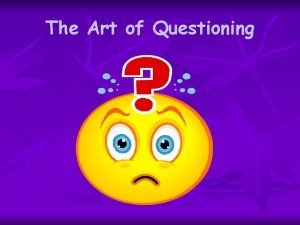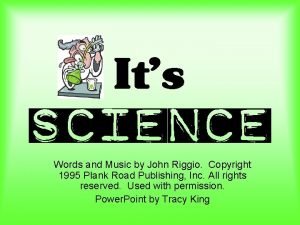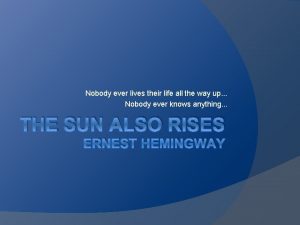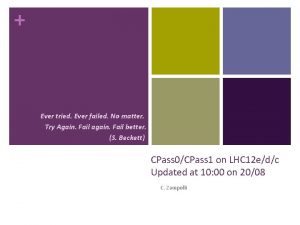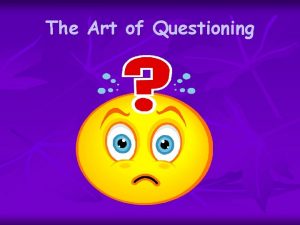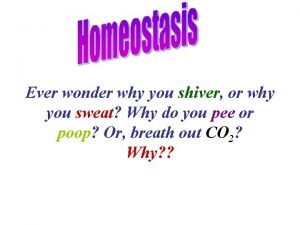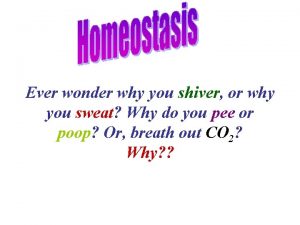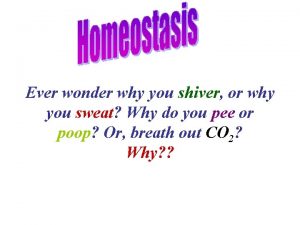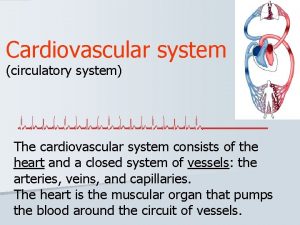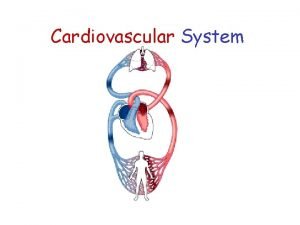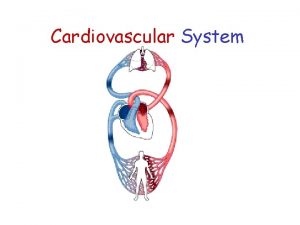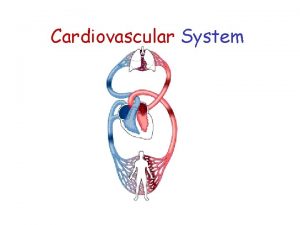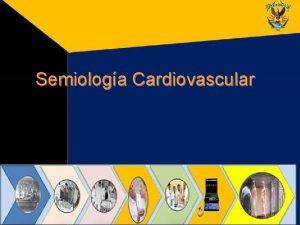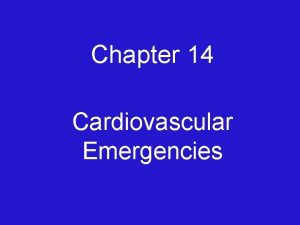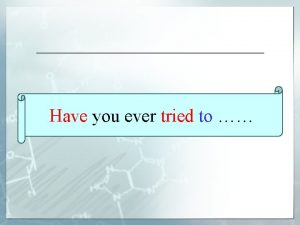The Cardiovascular System Did You Ever Wonder How
























- Slides: 24

The Cardiovascular System

Did You Ever Wonder How Penicillin Works? Penicillin is an antibiotic medicine that works by preventing bacteria from building new cell walls when they divide.

How Does Penicillin Travel through Your Body? Through your Cardiovascular System

The Cardiovascular System has 5 Components 1. 2. 3. 4. 5. Arteries Blood Vessels Capillaries ( tubes that carry blood ) Veins Heart (a pump) Blood

Three Types of Blood Vessels • There are three types of vessels (tubes) that blood flows through. • Arteries – carry blood away from your heart • Veins – carry blood in toward your heart • Capillaries – tiny vessels carry blood to all your cells

Arteries • Arteries are strong, flexible blood vessels that carry blood from the heart to the rest of the body. • They expand to accept the blood pumped into them with each beat of the heart, and contract when the heart relaxes. • As the arteries become smaller and narrower they turn into capillaries.

Capillaries • are the smallest blood vessels …some capillaries are so narrow that only one red blood cell can fit through at a time! • Capillaries connect arteries and veins.

Capillaries Veins Arteries Capillaries

Capillary beds carry blood to all the cells in your body vein artery

A Capillary’s Job • Nutrients, oxygen (O 2) and other substances must leave your blood to get to your body’s cells. • Capillary walls are only one cell thick so these substances can pass through to get to your body’s cells. • When your cells are done with these substances, waste products such as carbon dioxide (CO 2) leave the cells, pass through the capillary walls and enter the blood to be carried away from the cells.

What happens in each capillary? 4) Blood from the capillary enters a vein 3) CO 2 and waste products leave the cells and enter the capillary 2) Oxygen and nutrients leave the capillary and enter the cells 1) Blood from an artery enters the capillary

Example: • Capillaries surround alveoli in the lungs • This is where the blood gives up carbon dioxide and picks up oxygen

Veins • Veins carry blood toward the heart. • Veins are less elastic (less stretchy) than the arteries. • Veins have valves that open to let blood through and close to prevent blood from flowing backward due to the pull of gravity. • Varicose veins are caused by weakened valves that allow blood to flow backward and pool inside the vein, causing a bulge.

Amazing Heart Facts • The aorta, the largest artery in the body, is almost the diameter of a garden hose. • Capillaries are so small that it takes 10 of them to equal the thickness of a human hair. • Give a tennis ball a good, hard squeeze. You're using about the same amount of force your heart uses to pump blood out to the body. Even at rest, the muscles of the heart work hard—twice as hard as the leg muscles of a person sprinting.

Your Heart’s Job • Your heart is a double pump • It is an organ made of cardiac muscle • It pumps blood throughout your body – To the lungs to pick up oxygen – To your body to supply your body’s cells with oxygen and other important substances

Blood Flow • The following slides will follow the path of blood through the heart. • Keep in mind, this is a one-way flow • In medical diagrams, the left and right are labeled from the patient’s point of view. • What looks like your left on the diagram is really the patient’s right.

As you view the following slides: • Color the arrows on the heart diagram indicating the direction of blood flow • Use blue to indicate de-oxygenated blood. • Use red to indicate oxygenated blood.

De-oxygenated blood enters the right atrium Through the Superior Vena Cava Through the Inferior Vena Cava Right Atrium

De-oxygenated blood passes through the Tricuspid Valve into the Right Ventricle

The blood is pumped from the right ventricle through the pulmonary artery into the lungs

The blood picks up oxygen in the lungs then heads into the left atrium Left Atrium

Aorta The oxygen-rich blood is pumped into the left ventricle then out through the aorta to the body Left Ventricle Notice that the path of this blood travels under the pulmonary artery

Label your Human Heart Diagram 1. Aortic valve 2. Superior vena cava 3. Right atrium 4. Pulmonary valve 5. Tricuspid valve 6. Inferior vena cava 7. Right ventricle 8. Aorta 9. Pulmonary artery 10. Left atrium 11. Pulmonary vein 12. Bicuspid (Mitral) valve 13. Left ventricle 14. Septum

Key Terms Blood Vessels – Arteries • Including the aorta and pulmonary artery – Veins • including the Vena cava (superior and inferior) & pulmonary vein – Capillaries Heart Chambers – Right atrium – Left atrium – Right ventricle – Left ventricle Heart Valves – Tricuspid valve – Pulmonary valve – Mitral valve – Aortic valve
 Ever wonder why questions
Ever wonder why questions Did you ever wonder
Did you ever wonder Ever ancient ever new
Ever ancient ever new Ever ancient ever new
Ever ancient ever new Have you ever looked
Have you ever looked Ever tried ever failed no matter
Ever tried ever failed no matter Did you ever think
Did you ever think Did you ever think
Did you ever think Most famous person i ever met
Most famous person i ever met Did you ever have to finally decide
Did you ever have to finally decide Where you went
Where you went True capillaries
True capillaries What makes up the cardiovascular system
What makes up the cardiovascular system Cushing reflex
Cushing reflex Cardiovascular/lymphatic system it's totally tubular
Cardiovascular/lymphatic system it's totally tubular Coronary circulation of heart
Coronary circulation of heart Cengage chapter 5
Cengage chapter 5 Chapter 11 the cardiovascular system figure 11-3
Chapter 11 the cardiovascular system figure 11-3 Figure 11-12 is a diagram of a capillary bed
Figure 11-12 is a diagram of a capillary bed Chapter 11 the cardiovascular system
Chapter 11 the cardiovascular system Lesson 11 cardiovascular system
Lesson 11 cardiovascular system Tissues in circulatory system
Tissues in circulatory system The cardiovascular system chapter 11
The cardiovascular system chapter 11 Introduction of cardiovascular system
Introduction of cardiovascular system Ptca
Ptca
